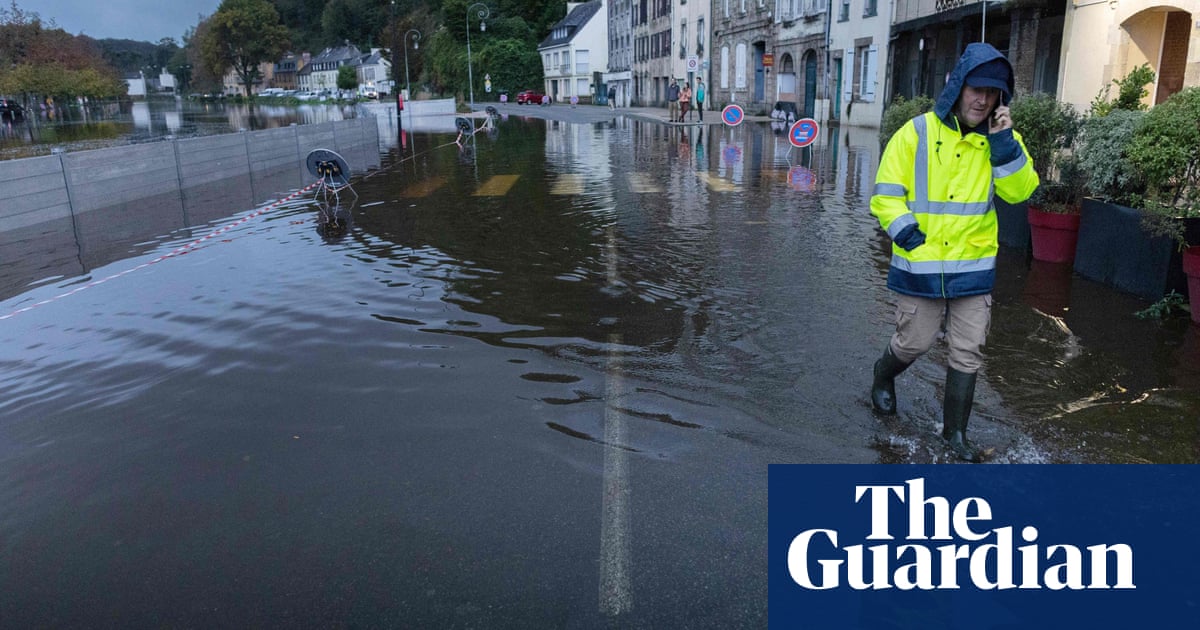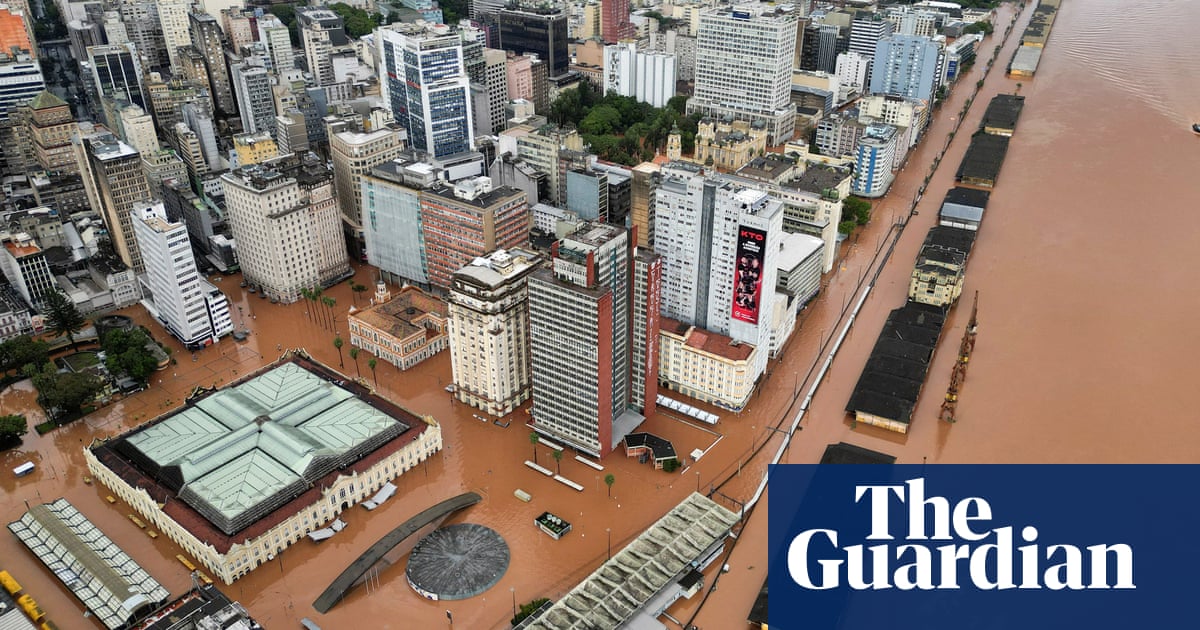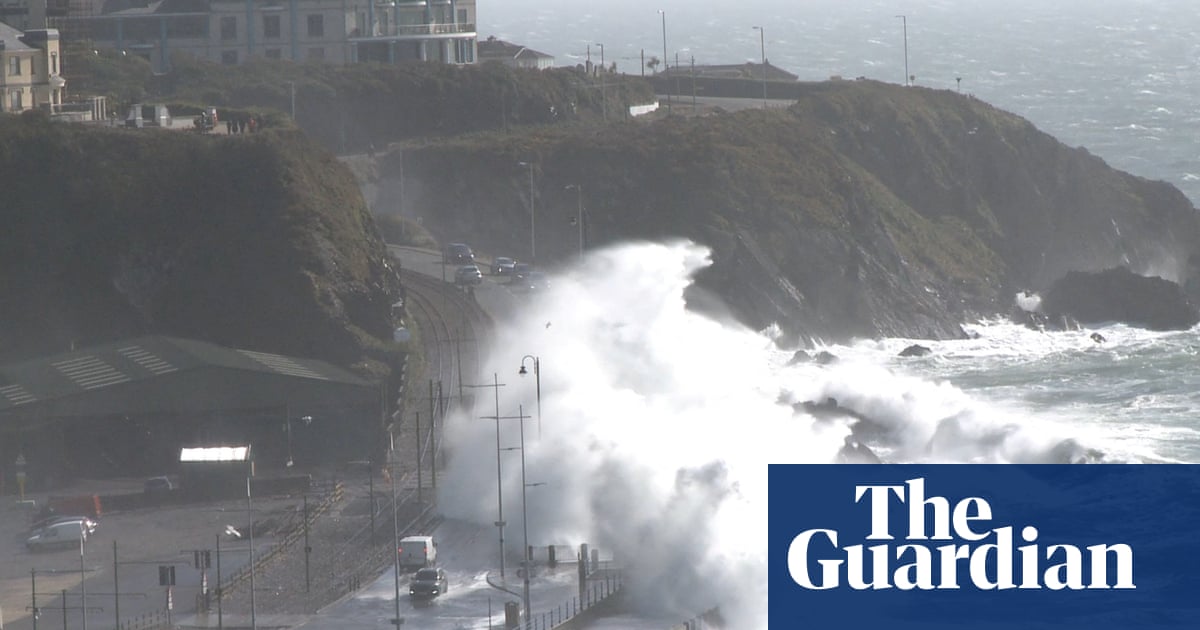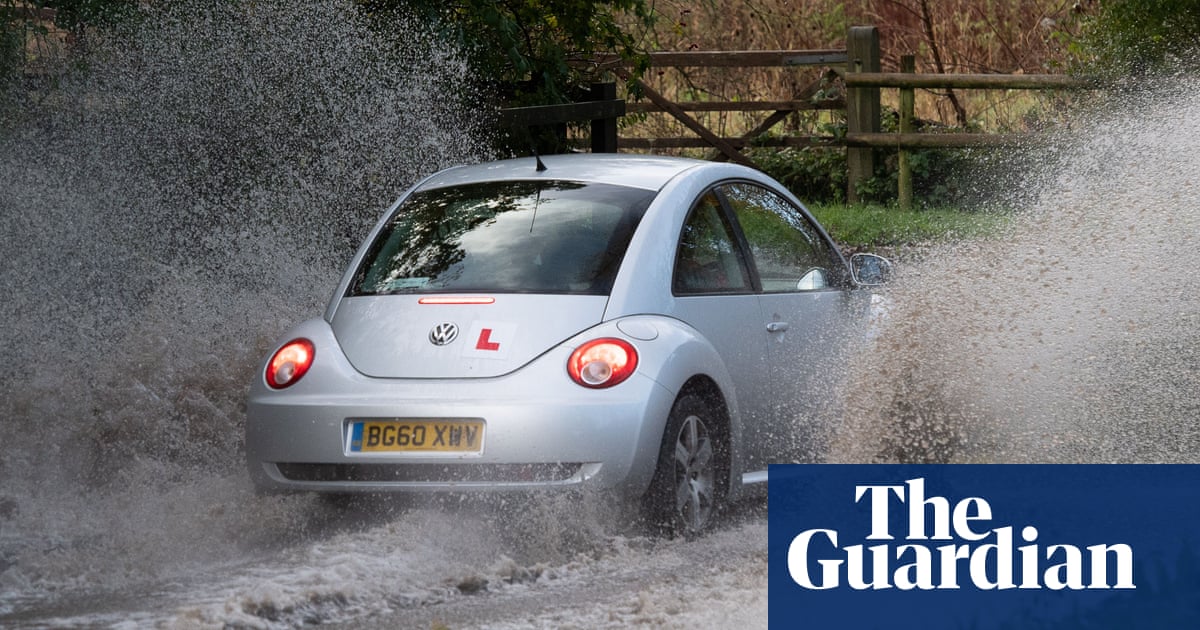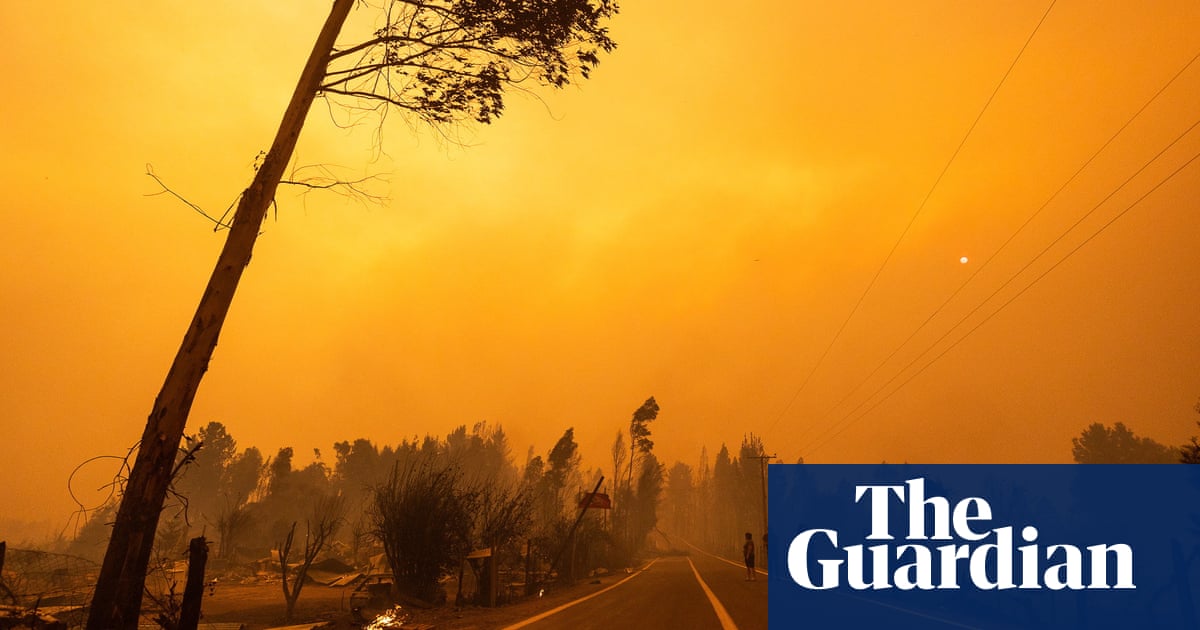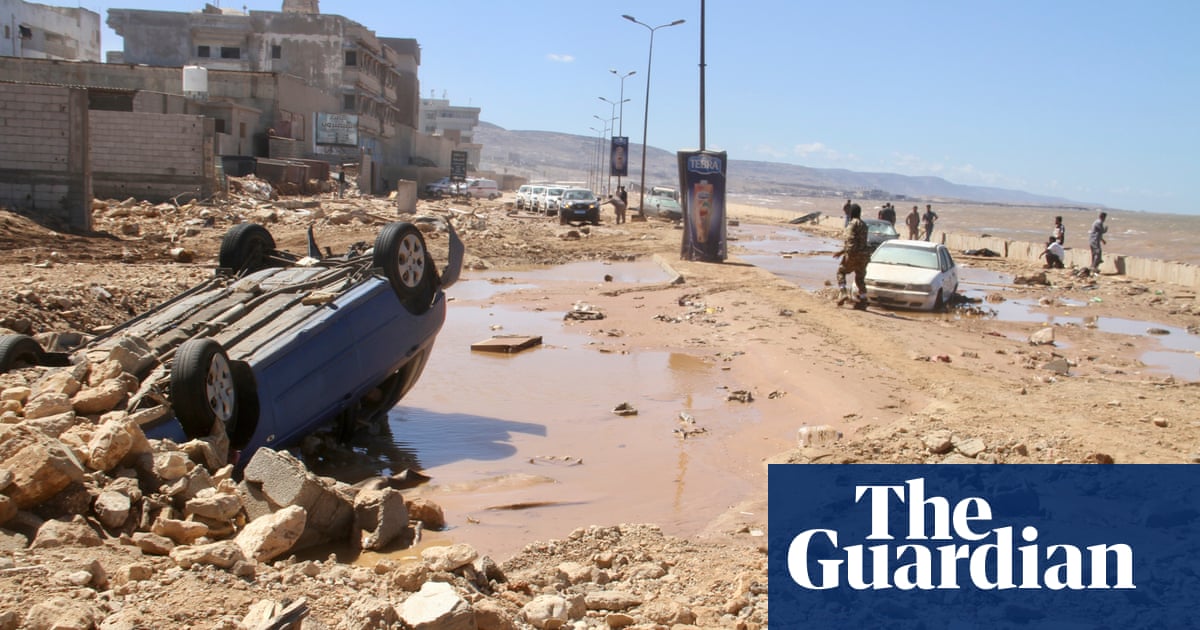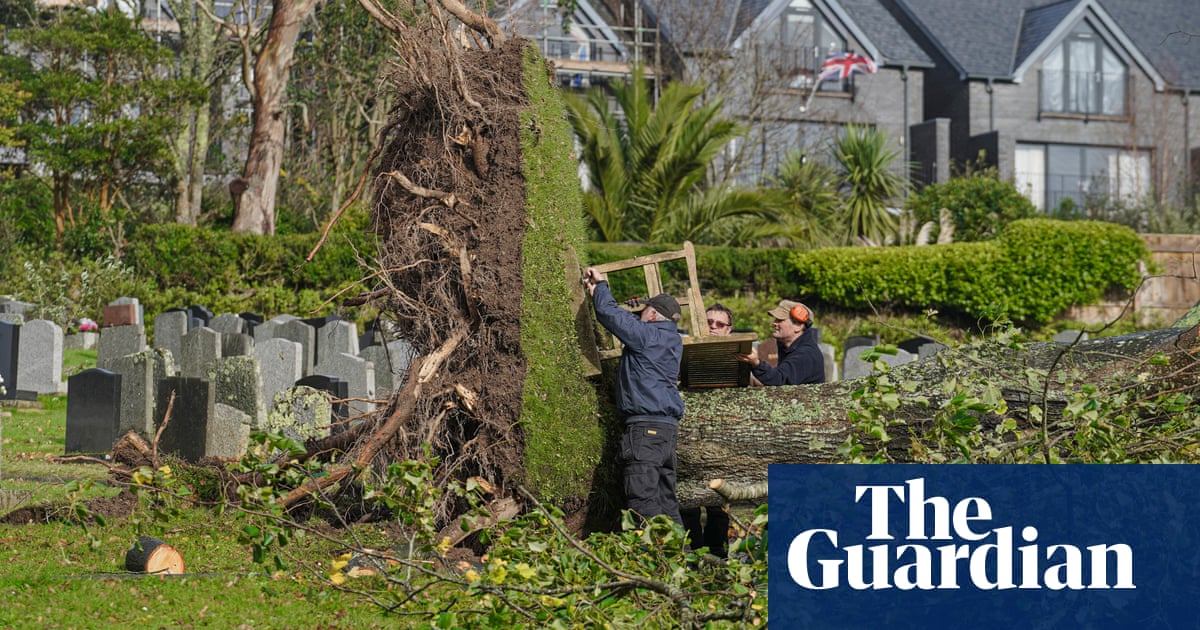
In the past couple of days, Storm Ciarán created quite a ruckus across southern parts of England, but caused more significant disruption to the Channel Islands.
As Ciarán arrived on Wednesday night, the Channel Islands received the brunt of the storm with wind gusts in excess of 100mph observed at Jersey airport. There were reports that a suspected tornado developed across Jersey during the early hours of the night, accompanied by hailstones the size of golf balls. Serious damage was inflicted on properties, with windows being blown in, roofs torn off houses and debris damaging cars.
There were no reports of UK casualties, which, unfortunately, cannot be said for other parts of western Europe. According to the UK Met Office, Ciarán was a record-breaking storm with the lowest mean sea level pressure (MSLP) in November for England and Wales. The MSLP is the pressure of the atmosphere adjusted to the height of the mean sea level. An MSLP of 953.3 hPa was recorded in Plymouth, while 958.5 hPa was observed in St Athan, beating the previous records of 959.7 hPa (1916) and 962.7 hPa (2010) for England and Wales respectively.
Meanwhile, dense “superfog” in Louisiana in the US caused several serious car crashes on Monday 23 October, with one multi-car pileup on the interstate 55 highway to the north-west of New Orleans killing eight people. More than 20 people were taken to hospital, with 168 vehicles involved in the fatal collision. A tanker carrying hazardous liquid was caught up in the crash, and many vehicles caught fire.
The crash occurred when fog combined with smoke from nearby marsh fires, reducing visibility to as low as 3 metres (10ft). Superfog is a common phenomenon and occurs when smoke and moisture from burning organic material mixes with moist cool air. The smoke particles attach to the water molecules creating dense fog, which causes hazardously low visibility.
Finally, bushfires brought further misery to parts of Queensland and New South Wales in Australia this week. Residents in northern parts of Queensland were forced to evacuate their homes on Wednesday as bushfires burned out of control. The fires have already killed two people in NSW, with many homes and businesses destroyed. Authorities have been preparing for months for what is likely to be a severe wildfire season, with the El Niño weather pattern expected to bring high temperatures and drought conditions to eastern Australia over the coming months.




